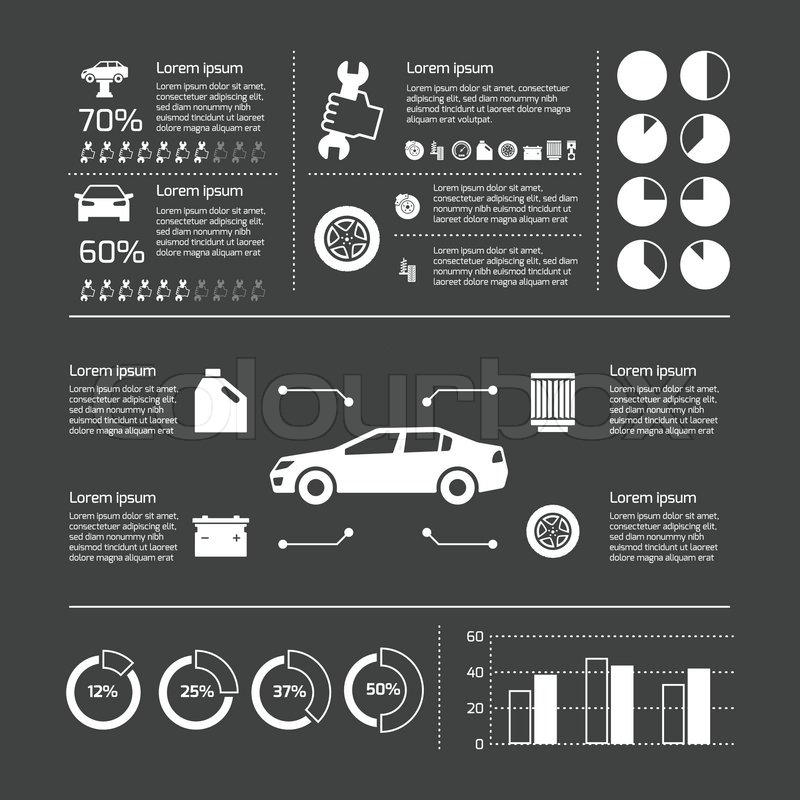Analyzing Your Automobile'S Alert Lighting: Their Real Effects
Analyzing Your Automobile'S Alert Lighting: Their Real Effects
Blog Article
Composed By-Lim Alvarado
When you're behind the wheel, those radiant caution lights on your control panel can be a little bit difficult. Do your domain name know what they're trying to inform you about your automobile's health and wellness? Recognizing the importance of these lights is vital for your safety and the long life of your lorry. So, the following time among those lights turns up, wouldn't you wish to decode its message properly and take the needed actions to resolve it?
Common Caution Lighting and Interpretations
Determine typical warning lights in your automobile and recognize their definitions to make sure secure driving.
One of the most normal caution lights include the check engine light, which signals problems with the engine or discharges system. If this light comes on, it's essential to have your lorry checked quickly.
https://www.nbcnews.com/news/us-news/auto-shop-finds-teeth-hair-fatal-pedestrian-crash-new-jersey-car-rcna15379 alerting light shows reduced oil pressure, calling for prompt attention to prevent engine damage.
A blinking battery light may recommend a malfunctioning billing system, potentially leaving you stranded otherwise dealt with.
The tire pressure monitoring system (TPMS) light notifies you to low tire pressure, influencing automobile stability and fuel performance. Ignoring this could cause unsafe driving problems.
The abdominal muscle light shows a problem with the anti-lock braking system, jeopardizing your capacity to quit rapidly in emergency situations.
Lastly, the coolant temperature alerting light warns of engine overheating, which can result in serious damage otherwise resolved swiftly.
Recognizing these typical warning lights will certainly help you attend to issues without delay and preserve safe driving problems.
Importance of Prompt Focus
Recognizing the typical warning lights in your car is only the initial step; the significance of immediately dealing with these cautions can not be highlighted enough to guarantee your safety and security when traveling.
When a warning light brightens on your control panel, it's your auto's means of communicating a potential concern that requires attention. Neglecting these cautions can cause a lot more serious issues later on, jeopardizing your safety and security and potentially costing you much more out of commission.
Motivate attention to warning lights can prevent failures and accidents. For example, a flashing check engine light might suggest a misfire that, if left ignored, could cause damages to the catalytic converter. Addressing this promptly can save you from a pricey repair work.
In a similar way, a brake system cautioning light may indicate low brake fluid or worn brake pads, critical elements for your security when driving.
Do It Yourself Troubleshooting Tips
If you observe a warning light on your control panel, there are a few DIY troubleshooting pointers you can try before looking for expert assistance.
The very first step is to consult your car's guidebook to comprehend what the specific caution light indicates. Occasionally the concern can be as easy as a loose gas cap activating the check engine light. Tightening up the gas cap might deal with the problem.
One more usual issue is a reduced battery, which can set off various alerting lights. Inspecting the battery links for deterioration and ensuring they're protected could take care of the issue.
If a caution light lingers, you can attempt resetting it by detaching the car's battery for a couple of minutes and afterwards reconnecting it. Additionally, inspecting your automobile's fluid degrees, such as oil, coolant, and brake liquid, can assist troubleshoot alerting lights connected to these systems.
Final thought
To conclude, recognizing your automobile's warning lights is crucial for keeping your vehicle running smoothly and securely. By quickly resolving these signals and understanding what they imply, you can stay clear of expensive repairs and prospective malfunctions.
Keep in mind to consult your vehicle's manual for specific details on each cautioning light and take action as necessary to ensure a hassle-free driving experience.
Stay informed, stay risk-free on the road!
